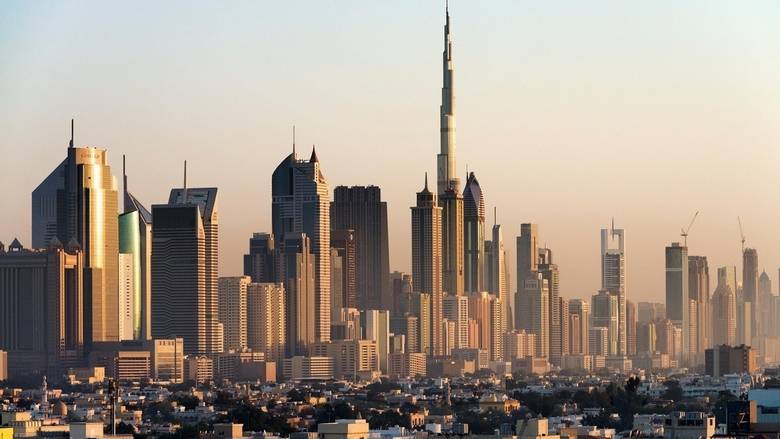There are still pockets in Dubai which can be developed under better urbanisation plan rather than pushing the boundaries of the city to bring balance between demand and supply,
“In order to re-establish balance between demand and supply, I would also encourage not to push the boundaries of the cities. Within the city, there are pockets where there can be development coming, instead of creating developments 30 km away from Dubai and spread it out. We have got to urbanise the city better itself. That is where I hope Dubai will create regulations and focus on new development going forwards,” said Thierry Delvaux, CEO for Middle East and Africa at real estate consultancy JLL.
“There needs to be more regulations how much space can be developed every year on the market if we want to reestablish this balance between demand and supply,” he said while speaking on the sidelines of a JLL conference on Tuesday.
Delvaux said despite the reports of slowing economy and poor market, the demand for real estate is good in Dubai.
“If you ask a player like Emaar, they are very satisfied with the occupancy and selling rates. If you look at the office market, it is good as well. The only issue we are facing is that of enormous supply. There is more supply coming on to this market than most of the key markets in Europe. If we look at the fundamentals of the market, the demand is very solid. I am very hopeful that this Higher Real Estate Committee of Dubai is going to better regulate the market and come up with regulations to slow down the amount of supply and create a better balance in supply and demand,” Delvaux said.
In 2019, 35,000 residential units were delivered in Dubai, the largest number of deliveries in a year. In 2020, around 63,000 units are expected to be handed over with materialization rate of 50 per cent. In Abu Dhabi, the numbers of deliveries were 1,200 in 2019 and this year 900 units are expected to come online.
ValueStart said in its latest report that January 2020 witnessed fewer off-plan sales transaction volume, declining 20 per cent when compared to December last year.
“Similar to 2018, the pace of new project launches eased over 2019 as developers adopted a more cautious approach in response to lower demand and growing supply”, said John Stevens, managing director of Asteco.
“Whilst the downward trajectory for the short-term is unavoidable due to tepid economic/market conditions and the expected supply glut, the outlook for the medium- and long-term for the UAE is encouraging, fuelled by a pro-active government response and clear focus on economic progress and sustainability,” said Stevens.
Rentals bottom out
Dana Salbak, head of research for Mena at JLL, sees rentals in Dubai have bottomed out as the market matures.
“Rents are close to the bottom of the market in 2020 as we expect some level of stabilisation and normalisation. It is the sign of market maturing and we are moving away from speculator investors and end-user market,” she said.
She noted that a huge supply is coming and that will put further pressure. “I don’t think there will be an uptick in rentals soon.
“Dubai has a supply problem and Abu Dhabi’s issue is more of demand. In Abu Dhabi, supply is controlled but there is a needs to do a bit more to stimulate demand. In Dubai, 2019 has been a year of record initiatives by the government to boost demand. There is a lot of happening in the background in terms of works but these things take time and yes it will have an impact down the line,” she added.
All rights reserved to the initial publisher for Khaleej Times.
Collected and published by Arms &McGregor International Realty editorial team.

